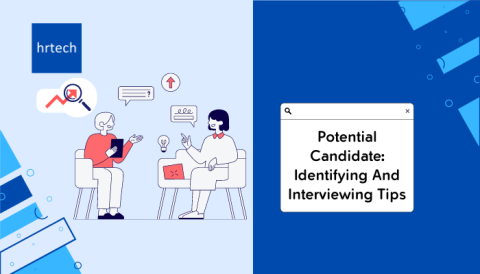TL;DR
- Only 4% of employees go beyond the bare minimum when they feel disempowered. That jumps to 67% when they feel trusted.
- Empowerment means clarity, access, and trust. People need to know what they own and have the space to act on it.
- The right signals matter. Clear goals, feedback loops, shared context, and recognition all help people take the initiative.
- One approach won’t work everywhere. Culture, company size, and team setup all change how empowerment is received.
- TeamLease helps you put the right systems in place so your people can take ownership and move with confidence.
Introduction
When people feel trusted, they show up differently. They speak up more. Make better decisions. Care more. But when they feel boxed in or second-guessed, energy drops, and so does effort.
Only 4% of employees are willing to give extra effort when they feel disempowered. That number jumps to 67% when they feel trusted and supported. Discretionary effort isn’t a soft metric. It shows up in output, quality, and how teams support one another when things get hard.
This blog explores what empowerment truly means, its impact on performance, and why it’s not just about handing over control. You’ll also find strategies that work, cultural factors to consider, and how platforms like TeamLease are helping companies integrate this into everyday work.
What Is Employee Empowerment?
You don’t build strong teams by managing every move. You build them by creating space for people to think and act independently.
Empowerment means giving your team the trust, tools, and permission to solve problems, make decisions, and take ownership without waiting for you to say yes every time. That doesn’t mean anything goes. You still set the direction. You still hold people accountable. What changes is how much control you need to hold onto.
When people know where they’re headed and feel trusted to get there, they move faster. They stop second-guessing. They start caring more. That shift, from following orders to owning outcomes, is where real momentum comes from.
Why Empowerment Works For People and Business?
When people feel trusted, they think bigger. They take initiative. They solve problems before they escalate. That energy doesn’t just help your team. It drives your business.
Empowered employees tend to stay longer. They feel ownership. They’re more likely to give extra effort, share honest feedback, and contribute ideas that stick. You stop spending time on rework, chasing updates, or managing around disengagement.
On the business side, you get speed. Decisions happen faster. Teams move without waiting. Bottlenecks shrink. And when something breaks, someone steps up because they believe it’s theirs to fix.
You’re not just building morale. You’re building accountability, momentum, and trust that goes both ways.
How to Empower Your Employees?
Empowerment isn’t a vibe. It’s a system. If your team’s stuck waiting, second-guessing, or checking in on every small thing, you’re not creating ownership. You’re creating friction.
Here’s how to change that:
- Set clear goals and roles: People need to know what success looks like and what they’re responsible for. Without that, it’s hard to take initiative.
- Give access to tools, not just tasks: Don’t make your team chase passwords, approvals, or data. Set them up to act without having to jump through hoops.
- Build safety into feedback: Ask for ideas and pushback. Then back it up by listening and acting. Don’t make feedback feel risky.
- Share context early and often: Don’t hoard information when people know the “why,” they make better decisions.
- Reward ownership: Don’t just focus on outcomes. Call out smart risks, follow-through, and decisions made without hand-holding.
- Hold the line on accountability: Empowerment doesn’t mean stepping away. It means letting people lead and expecting them to deliver.
Get those basics right, and you won’t have to push for performance. It will start to pull itself.
Enabling Empowerment Through Digital Tools
You can’t ask people to take ownership while keeping them in the dark. The right tools help you step back without losing sight of what’s going on. They provide your team with what they need to move forward without delay.
Digital platforms play a significant role here, especially when managing distributed teams or working in fast-changing environments. It’s not about more software. It’s about giving people clear, simple access to what matters.
Here’s what that can look like:
- Clear visibility into tasks and goals: Tools such as project boards, dashboards, and performance trackers help teams stay aligned without requiring constant check-ins.
- Access to learning on demand: Platforms like TeamLease offer learning systems that enable individuals to build skills while working. No waiting on workshops or approvals.
- Feedback channels that get used: Anonymous forms, regular check-ins, and quick pulse surveys keep communication honest. You catch issues early, and your team feels heard.
- Mobile access to HR services: Leave requests, attendance, shift swaps. It should all be simple and self-serve. Less friction. More control in the hands of employees.
- Role-based access to data and tools: Give each person what they need to act without giving them what they don’t need to worry about.
You’re not handing over control. You’re clearing the path.
Empowerment Across Cultures & Contexts
Empowerment doesn’t look the same everywhere. What feels like autonomy to one team might feel like abandonment to another. You need to read the room and the culture.
If you’re leading teams across regions, generations, or company sizes, your approach must be flexible. One size doesn’t fit.
Here’s what to watch for:
- In India and other high-context cultures, Employees often wait for direction unless you invite them to speak up. Titles carry weight. Hierarchy still shapes how people share input. Empowerment here starts with permission, clearly stated and backed by action.
- In Western teams, Autonomy is often expected by default. People may act before asking. If you’re too hands-on, you’ll signal mistrust. If you’re too distant, you risk appearing disengaged.
- In startups, Speed matters. Roles blur. People expect to wear multiple hats. Empowerment here means clarity around priorities, not boundaries.
- In larger or traditional organizations, empowerment requires more effort. Legacy structures slow down decisions. Change feels risky. You’ll need to build trust through consistency, not slogans.
- Across remote or hybrid teams, without face time, silence can be misinterpreted. Stay proactive. Check in often, but don’t micromanage. Make your expectations visible, not just verbal.
Adjust your style without lowering your standards. Empowerment should feel clear, not confusing.
What to Watch Out For (Common Pitfalls)
Empowerment sounds simple until it backfires. Not because the idea is flawed, but because it’s easy to miss the details that make it work.
You might think you’re giving people freedom. However, if roles aren’t clear, that freedom can turn into confusion. If you pull back without support, people feel exposed, not trusted.
Watch for these:
- No clarity, no action: If people aren’t sure who is responsible for decisions, they’ll play it safe or keep asking for sign-off.
- Too much freedom, no backup: Autonomy without guidance feels like being left to sink or swim. It drains confidence instead of building it.
- Recognition only for outcomes: When you ignore the effort behind the scenes, early thinking, fast pivots, and problem-solving, you shrink motivation.
- Missing feedback loops: If people take action but never receive feedback on what worked or what didn’t, they stop learning. Worse, they stop trying.
- Cultural blind spots: What feels empowering in one team may be perceived as disrespectful in another. If you’re not paying attention, trust can break quickly.
Empowerment only works when it’s built with care. Otherwise, it turns into silence, missteps, or disengagement. And by the time you notice, it’s already doing damage.
Measuring Empowerment
You can’t manage what you don’t measure. That applies to empowerment, too.
It’s not about gut feel or one-off feedback. To determine whether people feel trusted and supported, you need to look for specific signals. And they’re not hard to find if you know where to look.
Start with these:
- Engagement scores: If people feel empowered, they speak up more. They show up with ideas. You’ll see it in survey data and participation.
- Turnover and retention: Empowered employees tend to stay. If your exit interviews include phrases like “no growth” or “too top-down,” there’s your clue.
- Internal Mobility: Are People Stepping into New Roles? Taking on more without being pushed? That’s ownership in motion.
- Quality of decisions at the edge: Look at where decisions are made. Are managers still the gatekeepers, or are teams solving issues directly?
- Speed of execution: Empowered teams move faster. They don’t stall while waiting for approval. You’ll notice the pace, good or bad.
You don’t need fancy dashboards. You need to pay attention to what your team does when no one’s watching. That’s where the truth lives.
Make Empowerment a System, Not a Perk
You can’t bolt empowerment onto the side of your org. It has to be built in. That means trust baked into how you work, not just how you talk.
Start with clear expectations. Back them up with tools. Remove blockers. Then step aside and let people lead from where they are.
The best part? You get to do less managing and more leading.
TeamLease helps you make that shift by giving your workforce the tools, access, and systems to take real ownership. Contact TeamLease today to get started.
FAQs
Q: What does employee empowerment look like at work?
A: It’s clear ownership. It’s when people know what decisions they can make, who they can ask for support, and where their work fits into the bigger picture.
Q: Doesn’t empowerment mean less control for managers?
A: Not at all. It shifts the focus from approvals to accountability. You’ll still guide your team, you’re just not micromanaging every move.
Q: How do I know if my team feels empowered?
A: Look at the initiative. Are people waiting for instructions or moving on their own? Watch how often they speak up, take charge, or offer solutions.
Q: Can empowerment work in large, complex teams?
A: Yes, but it takes more effort to get the setup right. Clear roles, repeatable rituals, and frequent check-ins help keep everyone on the same page.
Q: Where do I start if I want to build more ownership into my team?
A: Start small. Give someone a clear area to own, start to finish, and back them. Then do it again. It builds trust, fast.







